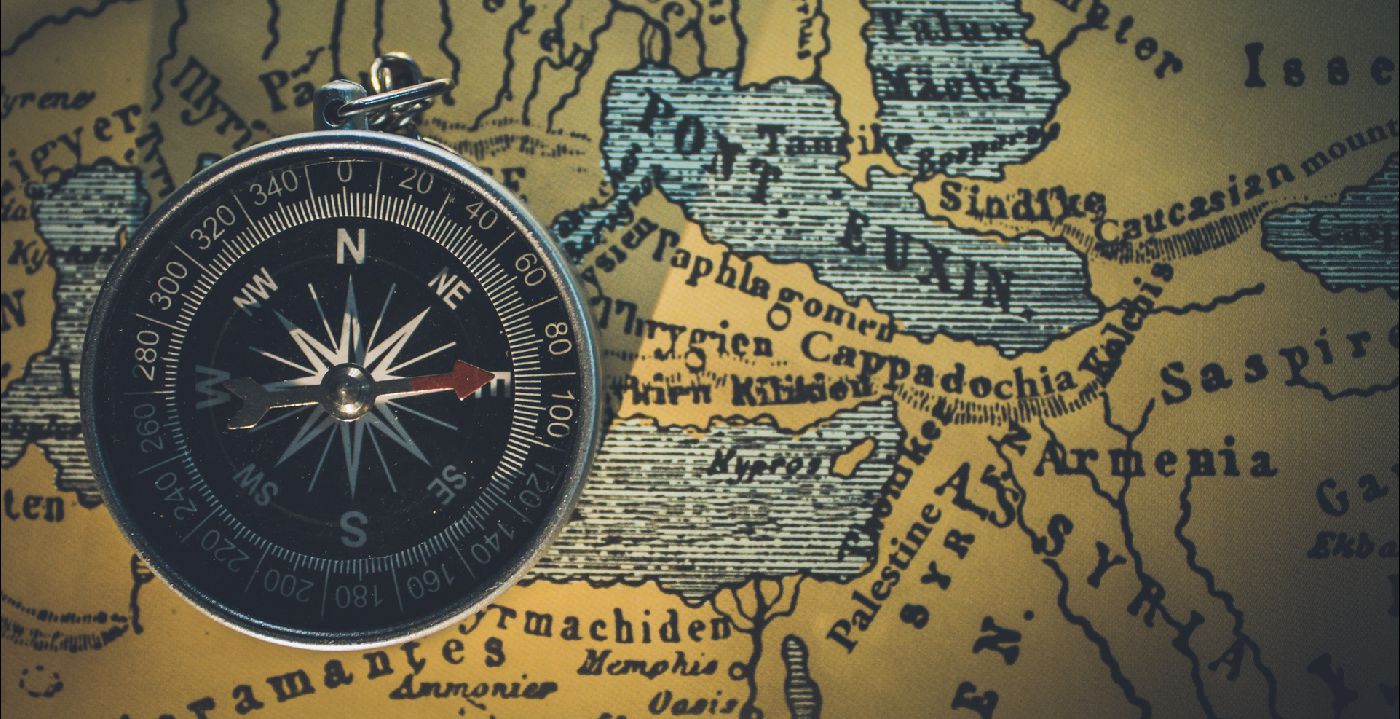
When you’re beginning the work of creating your story, you must keep in mind where it takes place. You can choose a famous city, opt for your own environment because you know it by heart, or invent a location to your taste. But how do you know you’ve chosen the right setting? Consider the following aspects:

1. The Importance of the Setting
The first thing you have to ask yourself is whether the setting is an important aspect of your story. There are tales in which the place where the characters live is as significant as the characters themselves. Once you answer that question, you’ll feel more confident when deciding where to set your story.
2. The Advantages of a Good Setting
Let’s consider a horror story as a example. It could take place anywhere, but if you choose the right setting, it’ll be easier for you to recreate a sinister atmosphere. Imagine a small, creepy village, or better yet, imagine the village is next to a swamp that fills the air with mist at night. Don’t you think that would be the perfect location for a horror story?
The same goes for the characters. To highlight their mood or a particular situation they’re going through, you can take advantage of the space, climate, or atmosphere surrounding them. For instance, if you want to communicate the melancholy spirit of a character, which of these locations would work best: an industrial, overcast and rainy city or a small summer town on the Mediterranean coast that’s full of light and tourists?
Attention: Sad stories don’t always have to be set in cloudy and gloomy places, neither do cheerful stories have to always take place in sunny towns. Sometimes, contrasts are more effective: in expressing the loneliness of a character. You can opt for a grey and sad atmosphere, but you can also choose a bright location in order to magnify the difference between the internal and external circumstances that are affecting him or her.
3. Know Your Setting
If you set your story in a real location, you should know it well and have visited it – if possible. There are too many things that you can only transmit to your readers if you have experienced them before. If that’s an impossible requirement, get familiar with the place you want to write about. Read books, look at photographs, and watch films and documentaries while absorb as much information as possible about its history, culture, and language. All of the material you gather will help you know it better, and that knowledge will be reflected in the pages of your story. In general, keep it simple. Don’t tell a story that takes place in Stockholm if you know nothing about that city.

Writing a novel or a screenplay is hard work. Story Planner makes it easier for you. Discover this intuitive app and outline your stories like a professional writer.
4. A Justified Setting
Here it comes ... the moment of truth ... why have you chosen one certain setting over another? Why is your story set in downtown Barcelona and not in London? Is it simply because you like it better? Is that a sufficient reason? If you set a story in a real place, it’s good for you to know and like it because that will give you an adequate amount of confidence to convey images and emotions to your readers.
Nevertheless, it’s not enough to just know the location you’re describing. Setting a story in a city because you’ve fallen in love with it can be as risky as starting a business with a friend just because you have fun together. If you decide on a certain setting, it better be because it’s the right place to tell a specific story, because it transmits the necessary atmosphere, or because it’s the perfect location for your characters.
5. Omitting or Inventing the Setting
In many novels, where the story takes place is not mentioned. It may be clear that it’s a town, city, desert, or fortress, but the geographical location is not specifically indicated. That gives you freedom as a writer so you don’t feel conditioned by the distinctive features of a concrete space. Besides, an anonymous setting can convey a sense of universality to the story.
You can also invent the location of your story (just like Gabriel Garcia Marquez did with the fictional town of Macondo) and develop it to your liking (it can also be based on a place you know well).
Attention: Omitting or inventing the location has disadvantages, too. Setting your story in a real environment can be limiting, but it can also help you build a realistic framework that will awaken the interest of your readers.
In conclusion, the decision of which setting to choose depends largely on the message you want to convey through it and on the importance you give to the place where your story is going to happen. Thus, choosing the setting is not a decision to be taken lightly.
In a good story, conflict is everywhere. In addition to the main conflict, you can add peripheral conflicts to create subplots, internal struggles...
It’s possible that one of the most difficult parts of the writing process is coming up with a title for your story. This is also a challenge for me.
It may seems the difference between a novel and a tale lies in the length of the story, but there's much more. Find out how to write a great short story.
SHARE THIS PAGE!